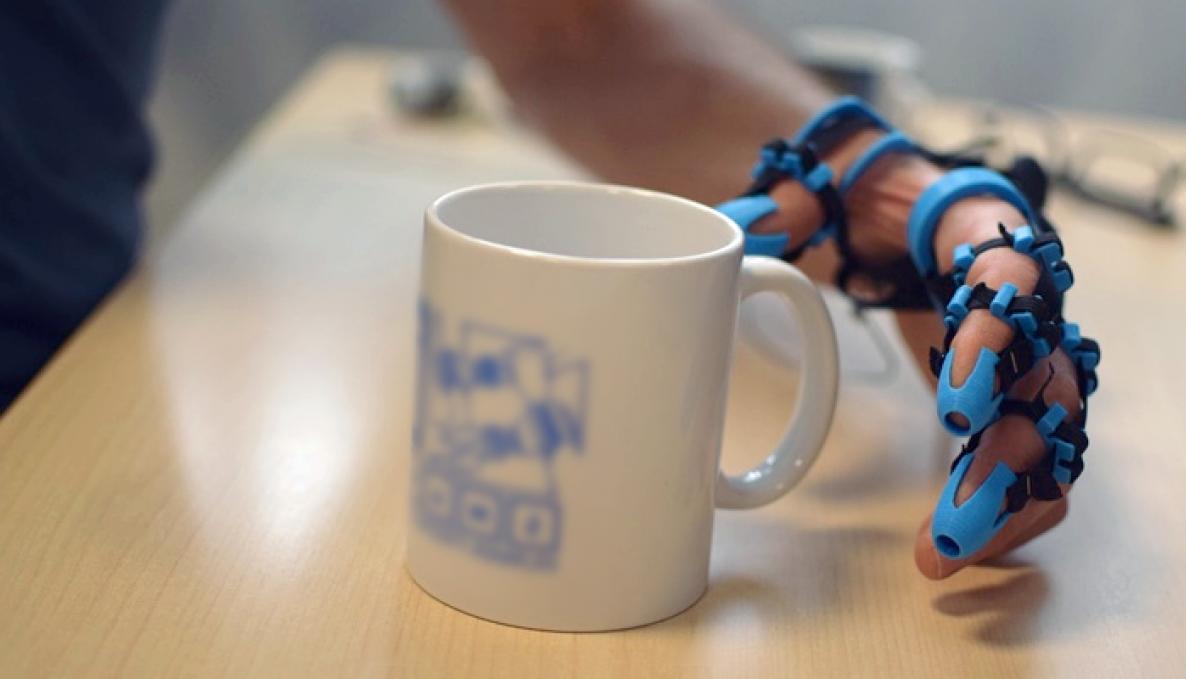SOFT ROBOTICS: sant’anna school TECIP institute researchers announce research program to develop robotic hand prosthetic device for patients with spinal cord injury

Spinal Cord Injury could lead to disability and paralysis. Robotic devices are giving injured people a chance for mobility and rehabilitation. Early rehabilitation is important to prevent joint contractures and the loss of muscle strength. Robotic exoskeleton rehabilitation systems developed in 2017 at Sant’Anna School (CLIMB project) showed that spinal cord injury patients with moderate to mild impairment demonstrated the greatest functional and motor performance gains in the upper extremity. Antonio Frisoli is now working on a soft robotic device for hand rehabilitation with the support of the Azienda Ospedaliera Universitaria - Careggi, Habilia Association and ATP - Associazione Toscana Paraplegici. Experiments on physical interaction will be performed using motor control theories to a more complex framework including 3D force fields acting at the joint level. Advances in these wearable devices is expected to have an important impact on clinical exoskeletons, leading to the design of innovative approaches to rehabilitation with the training of inter-joint coordination, supporting patients to reach their full functional potential.
The spinal cord injury refers to damage to the spinal cord resulting from trauma or from disease or degeneration. The average age at injury has increased from 29 years during the 1970s to 42 years currently. In Italy, the estimated annual incidence is 18 to 20 cases per 1,000 population.
In 2017, the CLIMB project by TECIP institute of Sant’Anna School and the Unità Spinale CTO Careggi have received funding from the CR Firenze Foundation for developing ergonomic and human-centered exoskeletons to help patients with spinal cord injuries becoming more independent Robotic gait training is aimed to allow injured people to stand, walk, reach and grip objects. This soft robotics application represents a significant evolution designed to embody natural behaviors, such as smooth movements, resilience, and safety to increase variable impedance optimization and enable a safe interaction with the environment.



